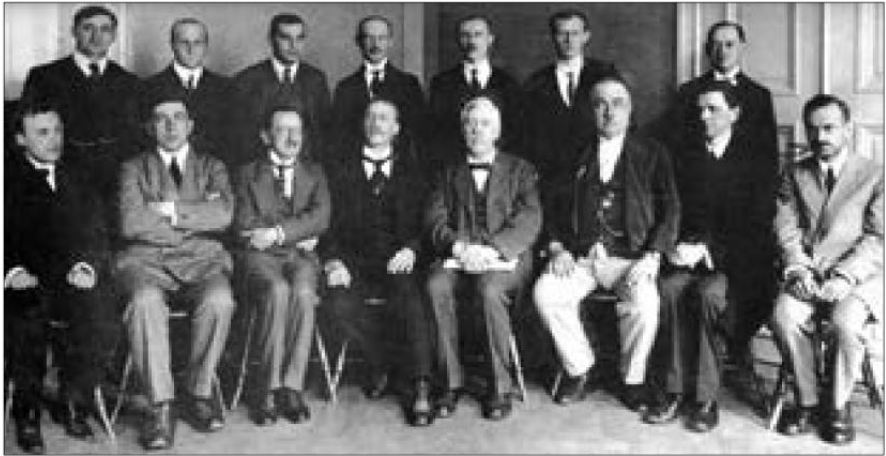
A Century of Chess: Gothenburg 1920
The first major tournament since before the war and, even more important than that, the breakthrough for hypermodernism. As Jimmy Adams writes, "It is difficult to overestimate the significance of this contest."
It's worth quoting in full Savielly Tartakower's lines on the evolution of hypermodernism — with 1920 serving as the moment of its arrival:
"The tenets of the [modern] school had, till then, indicated a state of secession. They involved not only plans which had never disclosed themselves to us before: schemes which gave to the games an unhealthy stamp: moves which scoffed at any endeavor to obtain freer development of pieces, but also, finally, methods which seek salvation in their malignant and endless storing up of latent energy...and through those methods the disclosure of secrets of hundreds of year’s standing is promised to us....In 1920, the splendid successes of its representatives with the tired big men of the old school attracted the attention of the chess world to the most modern school."
Tartakower called it "cubism" and it's nice to think of hypermodernism in parallel to the artistic movements of the time. There's Breyer as Tristan Tzara, the irrepressible radical; Nimzowitsch as Andre Bréton, the irascible theorist; Tartakower as Marcel Duchamp, the puckish charmer; Réti as, let's say, Henri Matisse, the venerable statesman; Bogoljubow as the sharp-elbowed de Chirico or Schiele; Alekhine as the form-transcending Picasso.

If, before the war, the experiments of the younger generation had been dismissible as eccentricity and were largely confined to the chess column war of words between Tarrasch and Nimzowitsch, it was inarguable, after Gothenburg, that the experimenters had a point. Réti won the tournament, with Bogoljubow taking third and Tartakower shared fourth. The Nimzo-Indian made its modern tournament début here, while the Queen's Indian was extensively tried out for the first time, with Bogoljubow winning a piece from Tarrasch by move 7 and blowing Rubinstein off the board. Even Tarrasch got into the action with some Indianesque setups.
Réti was the man of the hour. He had emerged from obscurity to win at Amsterdam 1920, lost his individual game at Gothenburg to Rubinstein but then overtook him in the last round with a nervy win over Spielmann. Réti was associated with the hypermoderns but the full extent of his leanings wouldn't become apparent until later. As Tartakower wrote at the time, "A magnificent advocate of the hypermodern school he yet tends to win his finest games in the good old style." And, in describing Réti's sometimes-hard-to-pinpoint style, Tartakower once again had the best line, writing of his "logarithmic play."

There's something that's perfect about that. Réti played the opening looking to give himself the greatest possible flexibility. Then he made the middlegame as truncated as possible, aiming for a clear strategic decision, leading (usually) to a tactical thicket within which he was able to see his way through to the won ending. (Pal Benko, by the way, strikes me as having a similarly foreshortened style.)
It wasn't exactly fair of Tartakower to group Rubinstein with the "tired old men" of the previous generation. He led the tournament most of the way, playing his usual pellucid chess, showed flashes of an aggression that he hadn't had at his pre-war peak.
Bogoljubow, who was emerging as the wild man of tournament chess, had the distinction of playing 13 games without a draw.
Meanwhile, the "B" tournament featured coming stars in Max Euwe, Friedrich Saemisch, and Ernst Gruenfeld.

Sources: Tartakower writes extensively on Réti in The Hypermodern Game of Chess. Réti discusses hypermodern ideas in Modern Ideas in Chess. The tournament is discussed in Donaldson and Minev's Life and Games of Akiba Rubinstein and Jimmy Adams' Gyula Breyer: The Chess Revolutionary.